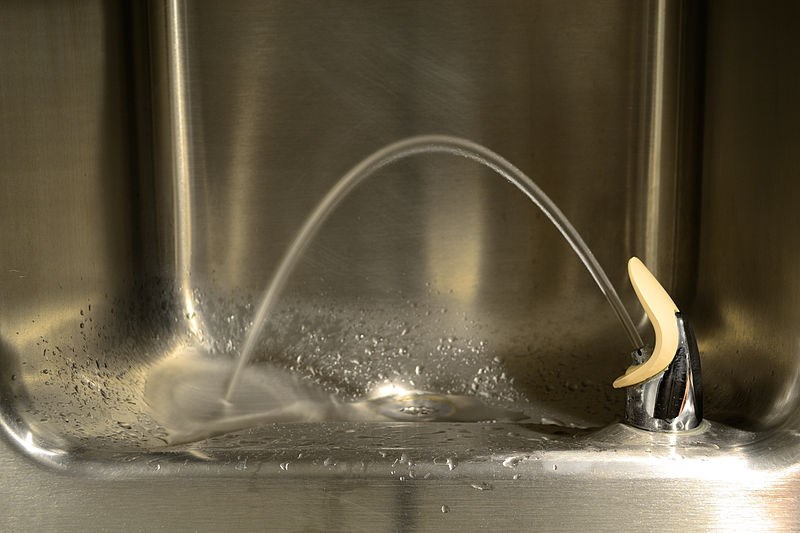Elevated lead levels have been found in the drinking water at nearly two dozen Greater Victoria schools, prompting district officials to recommend immediate action to fix the problem.
They have identified at least 16 schools that require urgent attention, given that lead was found in the water even after pipes were flushed. That represents about a third of all schools in the district. Five other schools showed elevated levels prior to flushing.
The 16 schools that showed elevated levels after the pipes were flushed are: Arbutus, Braefoot, Cedar Hill, Doncaster, Hillcrest, Lake Hill, Lansdowne, Torquay, Margaret Jenkins, Richmond, Shoreline, SJ Willis, South Park, Spectrum, Uplands and Tolmie, where the board office is now located.
The five schools with elevated lead levels prior to flushing are: Esquimalt High, Monterey Middle, Marigold, Vic West Elementary and Victor.
The district is still waiting for results from about a dozen other schools. It has handled testing internally, but plans to hire an outside firm to conduct more formal testing at the affected schools.
Greater Victoria secretary-treasurer Mark Walsh is recommending the district set aside money to deal with the issue. The operations committee was set to discuss the matter Monday night, but any action would have to be approved by the entire board.
The amount of money needed to fix the problem is unclear.
In a memo to the committee, Walsh asked trustees to consider setting aside $200,000 to deal with water-quality and unrelated school security issues. The money could come from administrative savings that the province recently returned to school districts, he said.
The developments follow a ministry directive in February reminding schools of their responsibility to test drinking water in schools. Health Canada says exposure to lead can cause behavioural problems and learning disabilities in children.
The Greater Victoria district initially did not believe it had a problem, saying that, while it had done limited testing, it had a 15-year-old program that required custodians to flush pipes in older schools each day.
In March, the district tested the water at two older schools — Willows Elementary and Vic High — and found no issues.
Despite that, and despite having yet to develop a formal testing plan in conjunction with Island Health, the district decided to test samples from one drinking fountain at each of its schools on May 16.
The results, which came back May 27, showed a number of schools with elevated lead levels in either pre- or post-flush samples, Walsh stated in his memo.
The district ordered 700 more tests the next week at the 34schools and board facilities. Results are still being analyzed, but preliminary findings were presented to the district’s operations committee Monday.
“We are aware that a number of schools will require either immediate attention (schools that have provided results that are concerning both pre- and post-flush) as well as attention in the short term (schools where the pre-flush results are a concern but not the post-flush results),” Walsh wrote.
In the schools requiring immediate attention, the district plans to install filtered water fountains. A fountain with a filter costs $1,200, while a fountain, filter and bottle filler costs about $3,000. In problem schools that have yet to be fixed, the district will post “non-potable water” warnings.
The B.C. government came under fire earlier this year, after the Prince Rupert school district notified parents and children that elevated lead levels had been found in four schools.
The schools were built prior to 1989, when lead was commonly used in plumbing materials. The issue was believed to stem from water sitting overnight in contact with lead pipes or lead solder.
The NDP called for B.C. to follow Ontario by requiring regular monitoring of school drinking water, but provincial health officer Dr. Perry Kendall instead asked the Education Ministry to remind districts of their responsibility to test drinking water in schools.
— With files from Jeff Bell



